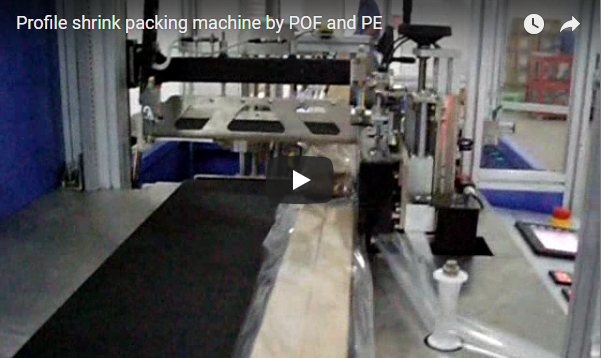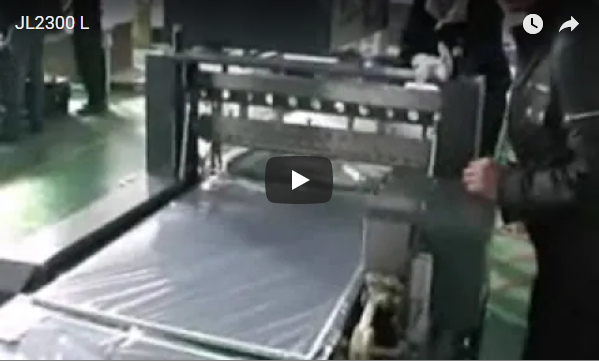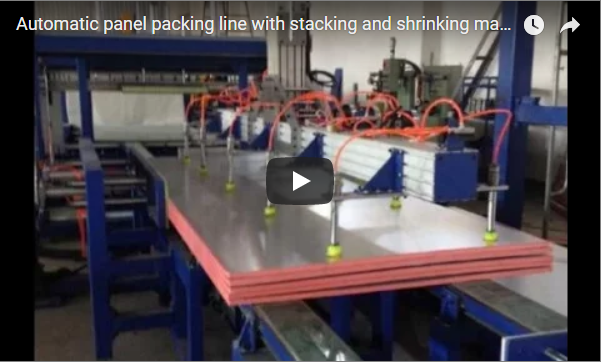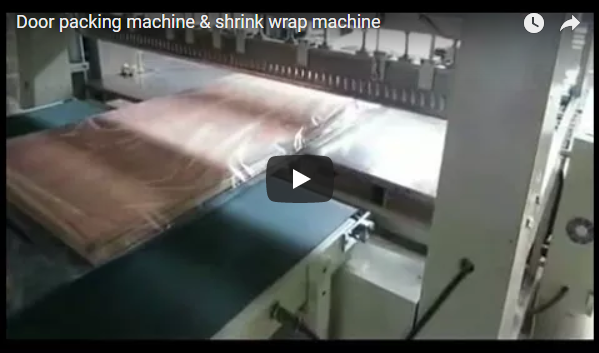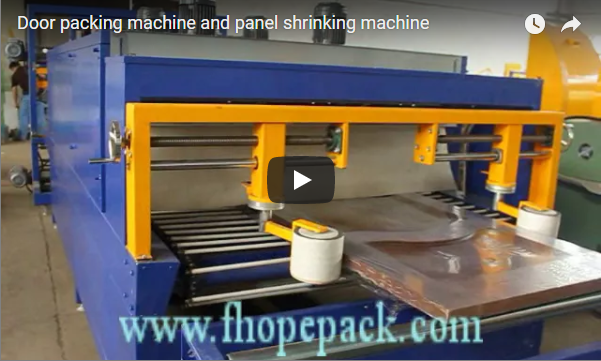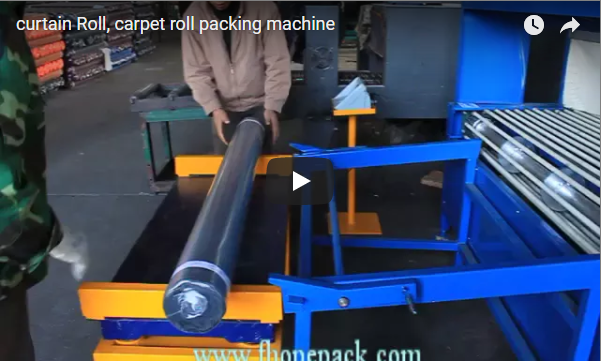Enhancing Panel Packaging Efficiency: A Deep Dive into Automatic Shrink Wrapping Solutions
1. Introduction: Addressing the Panel Packaging Challenge
In industries like construction, manufacturing, and logistics, handling large, often bulky items such as EPS (Expanded Polystyrene) panels, sandwich panels, insulation boards, and similar sheet materials presents unique packaging challenges. Ensuring these products are protected during transit and storage, while maintaining operational efficiency, is crucial. The automatic panel shrinking machine, specifically designed for these applications, offers a robust solution by utilizing side sealing and comprehensive shrink wrapping techniques.
2. Operational Principles and Key Technical Features
This type of automatic panel shrinking machine typically employs a continuous side-sealing mechanism combined with an intermittent end-seal (cross-seal) bar. Here’s a breakdown of the process and notable features:
- Infeed: Panels are fed into the machine, often via a conveyor system.
- Film Wrapping: A roll of flat shrink film (usually Polyethylene - PE) is folded, and the panel is guided into the fold.
- Side Sealing: A continuously heated sealing wheel or belt creates a secure seal along the open side of the film as the panel moves forward.
- End Sealing: A vertically or horizontally acting seal bar creates the front and back seals, separating individual wrapped panels.
- Shrink Tunnel: The loosely wrapped panel then passes through a heat shrink tunnel, where precisely controlled hot air causes the film to shrink tightly around the panel, creating a secure, protective package.
Key Technical Features Often Include:
- Sealing Mechanism: Continuous motion side sealing and intermittent motion cross sealing for high throughput.
- Packaging Style: Full enclosure on all six sides, offering excellent protection.
- Speed Potential: Capable of packaging multiple panels per minute (e.g., 5-10 cycles/min), heavily dependent on panel size, film thickness, and upstream/downstream integration.
- Film Compatibility: Primarily designed for PE shrink film, offering strength and puncture resistance suitable for heavy or large panels.
- Control System: Typically features PLC (Programmable Logic Controller) control with an HMI (Human-Machine Interface) touchscreen for easy operation, parameter adjustments (seal time, temperature, conveyor speed), and diagnostics.
- Adjustability: Can accommodate a range of panel dimensions (length, width, height) through manual or automated adjustments.

3. Solving Critical Packaging Problems for Large Panels
Manual or semi-automatic packaging methods for large panels can be labor-intensive, slow, and result in inconsistent package quality. An automatic panel shrink wrapper directly addresses these issues:
- Product Protection: The full film enclosure shields panels from moisture, dust, dirt, scuffs, and minor impacts during handling, transportation, and outdoor storage. UV-inhibitor films can also be used for protection against sunlight.
- Load Stability: A tight shrink wrap bundle improves the stability of stacked panels, reducing the risk of shifting or damage during transit.
- Enhanced Presentation: A clean, professional-looking package enhances product perception. Options for using printed film allow for branding directly on the package.
4. Customization for Seamless Integration
Recognizing that production lines vary, these machines offer significant customization potential:
- Size Accommodation: Machines can be specified or adjusted to handle a wide spectrum of panel sizes and thicknesses.
- Conveyor Integration: Easily integrates with existing or new infeed and outfeed conveyor systems for a fully automated line.
- Peripheral Options: Can be equipped with auxiliary systems like automatic label applicators, barcode scanners, or print-and-apply units to further streamline the process and facilitate tracking.
5. Driving Efficiency and Return on Investment (ROI)
The transition to an automatic panel shrinking machine delivers tangible benefits impacting the bottom line:
- Increased Throughput: Significantly higher packaging speeds compared to manual methods boost overall production capacity.
- Reduced Labor Costs: Automation minimizes the need for manual labor in the wrapping process, freeing up personnel for other tasks.
- Optimized Film Consumption: Precise machine control often leads to more efficient film usage compared to manual wrapping.
- Improved Package Consistency: Automated processes ensure every panel is wrapped to the same standard, reducing potential issues related to poor packaging.
6. Insights from Industrial Application
From practical experience within the building materials and manufacturing sectors, the implementation of automatic side-seal shrink wrappers consistently demonstrates value. Users frequently report:
- Reduced Damage Claims: The robust, conforming wrap significantly lowers instances of product damage during shipping and handling.
- Simplified Operation: Modern HMI interfaces make machine setup and changeovers for different panel sizes relatively straightforward for trained operators.
- Reliability: Well-maintained machines offer dependable performance in demanding industrial environments.
7. Selecting the Right Panel Shrinking Machine Configuration
When considering an automatic panel shrinking machine, key factors include:
- Maximum and minimum panel dimensions (Length x Width x Height).
- Required packaging speed (panels per minute/hour).
- Type and thickness of shrink film to be used.
- Level of automation required (integration with existing lines).
- Available floor space and power requirements.
- Budget considerations.
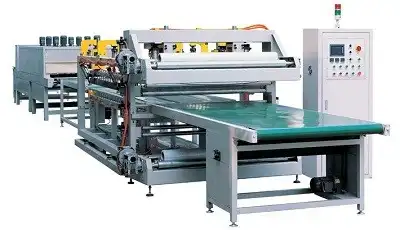
8. Conclusion: A Strategic Investment for Panel Manufacturers
The automatic panel shrinking machine represents a reliable, efficient, and cost-effective solution for businesses needing to package EPS panels, sandwich panels, insulation boards, and other large, flat products. Its ability to provide high-speed, secure, and customizable packaging makes it an essential asset for enhancing productivity and ensuring product integrity across industries like construction, manufacturing, and logistics. Investing in the right automated shrink wrapping system can significantly improve operational efficiency and protect valuable products throughout the supply chain.
For detailed specifications or to discuss your specific panel packaging needs, please explore further resources or contact us directly.
https://www.fhopepack.com/Shrinking_machine.html
info@fhopepack.com

